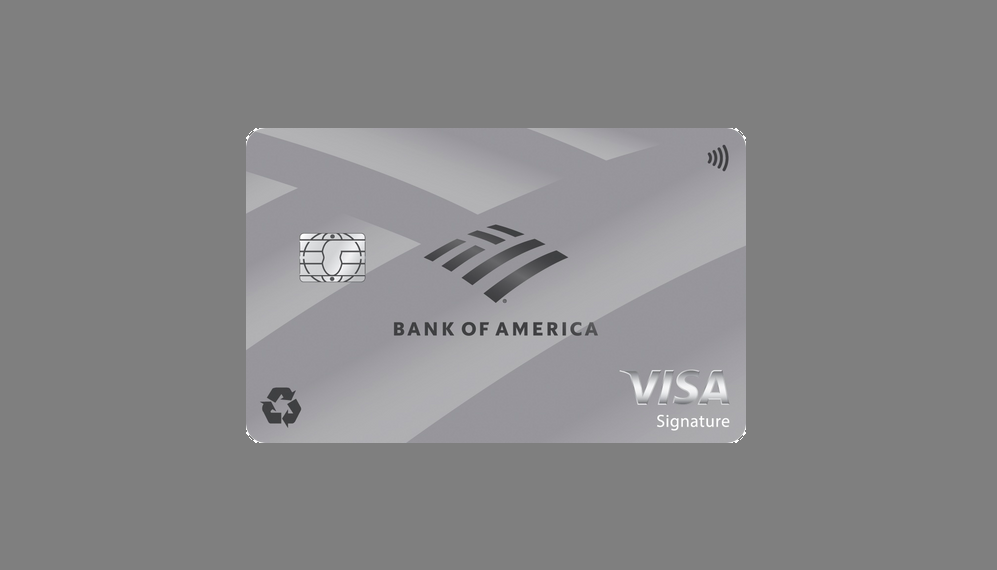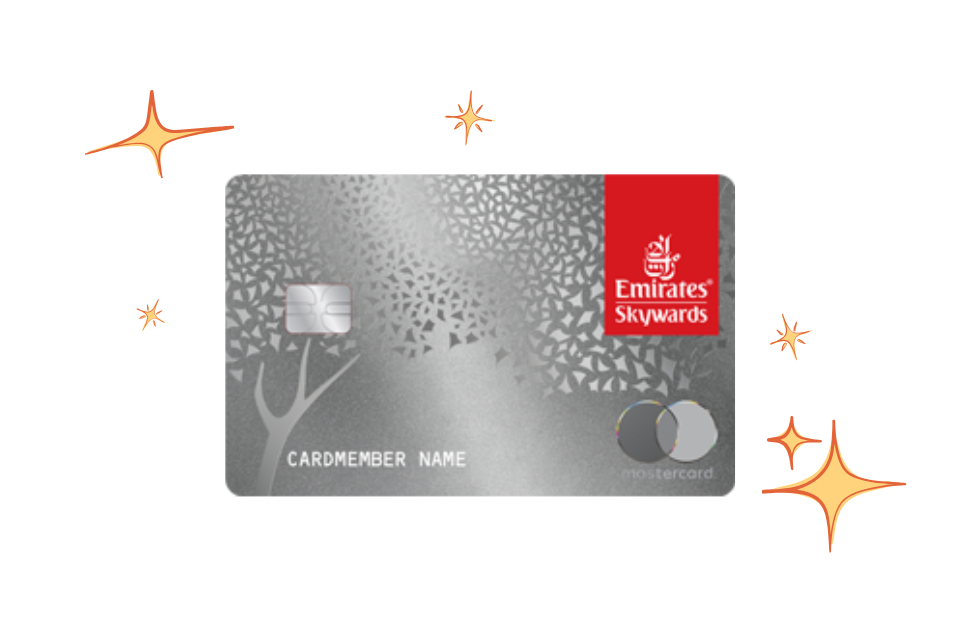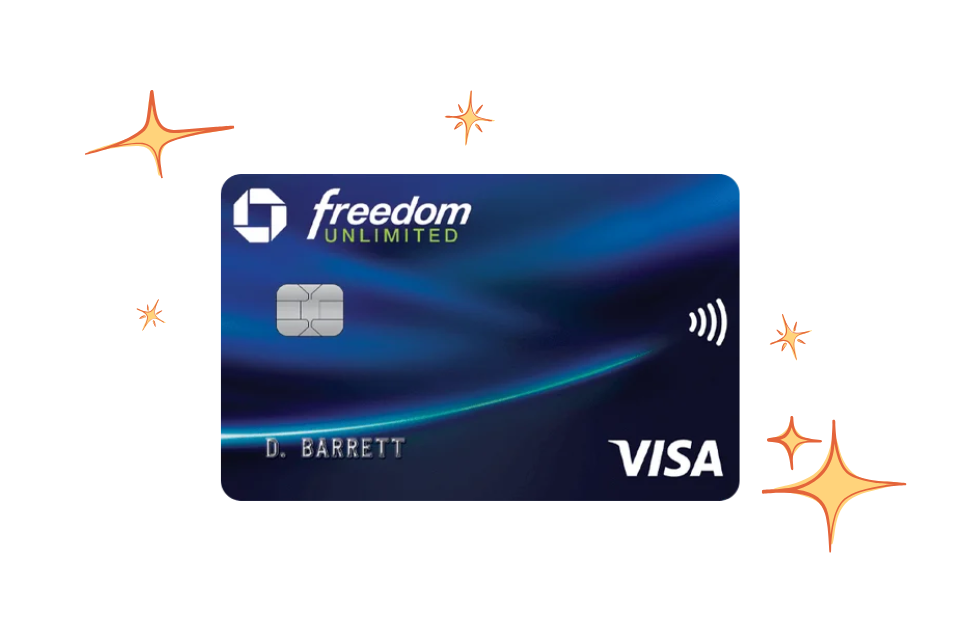The Impacts of Interest Rates on Credit Cards: What You Need to Know

The Impacts of Interest Rates on Credit Cards
Understanding how interest rates affect credit cards is crucial for making informed financial decisions. The fluctuations in these rates can significantly impact your monthly payments, potential debt accumulation, and overall financial health. With the ever-changing landscape of the economy, being well-versed in how interest rates influence credit card dynamics is essential for every consumer.
When considering credit cards, here are key factors to keep in mind:
- Annual Percentage Rate (APR): This is a critical figure that determines how much interest you’ll pay on outstanding balances. For instance, if you’re carrying a balance of $1,000 on a card with an APR of 20%, you could end up paying $200 in interest over a year, not accounting for additional fees or compound interest. Understanding APR helps you gauge the cost of borrowing on your credit card.
- Fixed vs. Variable Rates: Fixed rates remain constant, providing predictability in your payments, while variable rates can change based on economic conditions, such as decisions made by the Federal Reserve. For example, if you have a variable-rate card, an increase in the prime rate can lead to higher interest charges, impacting your financial planning.
- Impact on Minimum Payments: Higher interest rates can lead to increased minimum payments. This shift can strain your budget, especially if you’re already stretched thin financially. For example, if your minimum payment jumps from $25 to $35 due to rising interest rates, you may need to adjust your expenditures elsewhere or face the risk of falling deeper into debt.
The influence of interest rates doesn’t stop with your current balance. If you’re planning to:
- Carry over a balance: Understanding the interest rate can save you a great deal in potential costs. Carrying a high balance on a credit card with a high-interest rate can accumulate rapidly, leading you to pay much more than the original purchase.
- Make large purchases: If you intend to finance a significant expense, it is important to evaluate how the interest rate affects the total cost over time. For example, a big-ticket item purchased on a card with a 25% interest rate can be substantially more expensive if not paid off quickly.
- Transfer existing debt: If you’re considering a balance transfer to a card with a lower interest rate, knowing the current rates can enable you to save on interest payments. Some credit cards offer promotional rates for balance transfers, which could provide relief for those struggling with high-interest debts.
Understanding the current trends in interest rates is essential, as they are often dictated by the Federal Reserve’s monetary policies. Keeping an eye on economic indicators, such as inflation rates and employment figures, can help you react proactively to shifts in credit card terms. Monitoring these changes can lead to better financial strategies, allowing you to maximize your credit usage while minimizing costs.
As you delve into the world of credit cards, uncovering the nuanced relationship between interest rates and your spending habits can pave the way for smarter financial choices. Knowledge is power, especially when it comes to your finances. Staying informed and adapting your strategies according to interest rate shifts can ultimately lead to a healthier credit profile.
DIVE DEEPER: Click here to discover more about interactive toys for your pets
Understanding Interest Rates and Their Implications
The world of credit cards can often seem overwhelming, but grasping the essence of interest rates is one of the most impactful steps you can take toward financial literacy. Interest rates not only dictate how much you pay in interest but also can influence your entire credit utilization strategy. With the Federal Reserve actively adjusting rates to manage inflation and stimulate economic growth, your credit card interests can fluctuate significantly, impacting your overall financial situation.
One of the essential aspects to consider is the Annual Percentage Rate (APR). This figure combines the interest on your outstanding balance with any associated fees, giving you a holistic view of how much borrowing will cost you annually. For example, a credit card that offers a low introductory rate of 0% APR for six months can lead you to believe you are getting a great deal. However, once the promotional period ends, the APR might leap to an exorbitant rate of 25% or more. If you still have a balance when that transition occurs, your repayment strategy could require reevaluation. Understanding this dynamic is crucial for managing your debt effectively.
Furthermore, it’s essential to recognize the difference between fixed and variable interest rates. A fixed rate remains steady over time, providing you with predictable payment amounts, while a variable rate can fluctuate based on broader economic indicators. For consumers, variable rates mean that if the Federal Reserve raises interest rates, your credit card payments could increase, impacting your budget unexpectedly. For instance, if you’re accustomed to a minimum payment of $50 and the rate rises, you might suddenly face a payment of $60, forcing you to reassess your financial commitments.
Another significant consideration is how rising interest rates can affect your minimum payments. When interest rates soar, credit card companies may increase the minimum payment to cover their own costs, leaving consumers to scramble for adjustments in their budgets. If you carry a balance of $500 with a sudden jump in the minimum payment from $30 to $45, you might find it challenging to meet this new expectation without reducing discretionary spending elsewhere. Such alterations can significantly affect your lifestyle, underscoring the importance of keeping an eye on interest trends.
So, what can consumers do to navigate the complexities of credit cards and interest rates? Here are some actionable tips:
- Know Your Rate: Regularly check your credit card’s APR, especially before making large purchases or transfers.
- Seek Fixed Rates: If stability matters to you, consider credit cards with fixed interest rates, minimizing the surprise element from rate hikes.
- Plan for Changes: Be prepared for possible increases in minimum payments and have a strategy to adjust your budget accordingly.
- Monitor Economic Indicators: Keeping tabs on Fed announcements and economic trends can give you clues about future interest rate movements.
Understanding the nuances of interest rates can have lasting impacts on your financial decisions. Enhanced knowledge in this area is not just about keeping costs down; it’s about empowering you to make smarter choices for your financial future. Whether you are considering applying for a new credit card or aiming to optimize your existing accounts, awareness is your best tool in navigating the credit landscape.
DISCOVER MORE: Click here for stylish party tips!
The Broader Effects of Interest Rate Changes on Consumer Behavior
As interest rates climb, the ripple effects can extend well beyond just the numbers on your credit card statements. One of the most significant impacts is a shift in consumer behavior. Research has indicated that higher interest rates can lead to a psychological barrier, prompting consumers to reassess their spending habits and financial priorities. As crucibles of information, credit cards can serve as a reflection of broader economic conditions that directly affect individual choices.
When credit card APRs rise, many consumers may choose to curtail their usage of credit altogether. This behavioral change can be particularly pronounced for those who have just entered the market or are less financially savvy. For example, a recent survey revealed that nearly 40% of first-time credit card users reconsider their purchasing decisions as interest rates increase, preferring to rely on cash or debit instead. This cautious approach can be beneficial in avoiding debt; however, it may also hinder potential rewards and cash-back advantages typically associated with credit card use.
Moreover, the implications of rising interest rates extend to credit scores. A crucial factor in determining your credit score is your credit utilization ratio—the amount of credit you have used relative to your total available credit. As interest rates rise and minimum payments increase, individuals may find themselves unable to maintain their spending within healthy limits. If a rising balance due to interest accrues faster than anticipated, this can lead to higher utilization ratios, thus potentially hurting one’s credit score. Consequently, fewer options for future credit, including loans and mortgages, may arise.
Another salient factor to bear in mind is that not all consumers are impacted equally by interest rate hikes. For instance, those with excellent credit scores typically secure lower interest rates and more favorable terms. A study from a leading financial institution found that consumers with credit scores above 750 were significantly less impacted by APR increases compared to those with scores below 600. This discrepancy emphasizes the importance of maintaining good credit health, as it not only provides better rates but also lessens the financial strain when rates rise.
Additionally, high-interest credit cards may become a particular burden for those already in debt. It is estimated that nearly 27% of U.S. adults carry credit card debt from month to month, and rising rates can push monthly expenses to unsustainable levels. Paying only the minimum balance can result in prolonged debt cycles, forcing people to make tough choices between payment deadlines and living expenses. This scenario is especially concerning given that many individuals are already navigating a climate of rising prices in necessities like food and housing.
As a proactive measure, consumers might want to consider alternatives to traditional credit cards when facing increased interest rates. Options such as secured credit cards, which often have lower rates and help build or rebuild credit, can be an effective strategy. Additionally, personal loans usually offer lower rates than credit cards, especially for those utilizing debt for specific purposes like home improvements or consolidating existing credit card balances.
Understanding interest rate dynamics sets the stage for healthier financial choices. As consumers, leveraging this knowledge empowers you to steer clear of detrimental financial traps while allowing you to maximize the advantages that credit can offer if managed wisely.
DISCOVER MORE: Click here for tips on creating a safe and attractive play area
Conclusion
In conclusion, grasping the impacts of interest rates on credit cards is essential for every consumer navigating today’s financial landscape. With interest rates on the rise, individuals need to take a proactive stance in managing their credit card usage and financial decisions. The shifts in consumer behavior highlighted in this article illustrate a trend towards cautious spending, with many users reevaluating their purchasing habits to avoid the pitfalls of accumulating debt. This adjustment is especially vital for those new to credit or those already grappling with existing balances.
Moreover, it’s crucial to understand how rising rates can affect credit scores. The potential for adverse impacts on credit utilization ratios underscores the need for disciplined financial habits. Maintaining a solid credit score is not only beneficial for securing lower rates but also provides a buffer against the financial strain that fluctuations in interest rates can impose.
As you consider your options amidst evolving economic conditions, it may be wise to explore alternatives such as secured credit cards or personal loans which can offer lower rates and manageable repayment terms. Educating yourself about the complexities of credit, coupled with a strategic approach to managing your debts, can empower you to make informed choices that benefit your overall financial health. For a deeper understanding and sounder financial strategies, don’t hesitate to engage with financial advisors or utilize available resources to guide your journey. Remember, a well-informed consumer is a resilient one.


